
|
The Astrology Center of America, 207 Victory Lane, Bel Air, MD 21014 Tel: 410-638-7761; Toll-free (orders only): 800-475-2272 |
|||||||
|---|---|---|---|---|---|---|---|
| Home | Author Index | Title Index | Subject Index | Vedic Books | Tarot | E-Mail: | |
 |
Medieval Astrologyincluding Medieval Medical Astrology |
Projects Hindsight/ARHAT weren't the first to go back to the past for inspiration. There is a steady, albeit small, trickle of classic books available, as well as some excellent modern books.
Medieval medical astrology books (the ones by Saunders & Culpeper, shown below), differ not only from modern medical astrology books, but also from modern medical texts as well. In a single volume, a guide to diagnose disease astrologically, a guide to the various types of humans (choleric, phlegmatic, melancholic), typical symptoms of many diseases - and how to spot them, astrological guidelines for when & how to administer treatment (using planetary hours), as well as suggested herbal-based remedies. No modern medical book of any kind can claim that degree of comprehensiveness.
William Lilly has his own page, as does Morin.
For earlier books, see Ancient Astrology & ARHAT.
For late 19th/early 20th century, see: Sepharial
 Indicates a book on our Top Ten list. If you would like to find more books like it, click on the star.
Indicates a book on our Top Ten list. If you would like to find more books like it, click on the star.
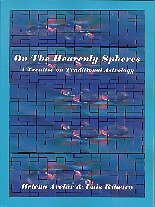
|
||
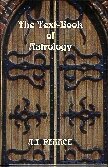
|
||
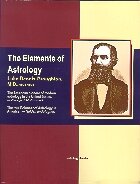
|
||

|
||
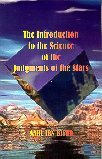
|
||
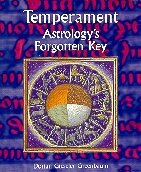
|
||
 |
||
 |
||
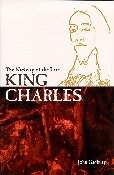
|
||
 |
||
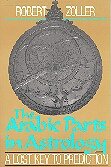 |
||

207 Victory Lane, Bel Air, MD 21014
Tel: 410-638-7761; Toll-free (orders only): 800-475-2272
| Home | Author Index | Title Index | Subject Index | Vedic Books | Tarot | E-Mail: |
Established 1993, The Astrology Center of America is owned & operated by David Roell.
This entire site (AstroAmerica.com) is copyright 1996, 1997, 1998, 1999, 2000 by William R. Roell.
All rights reserved.